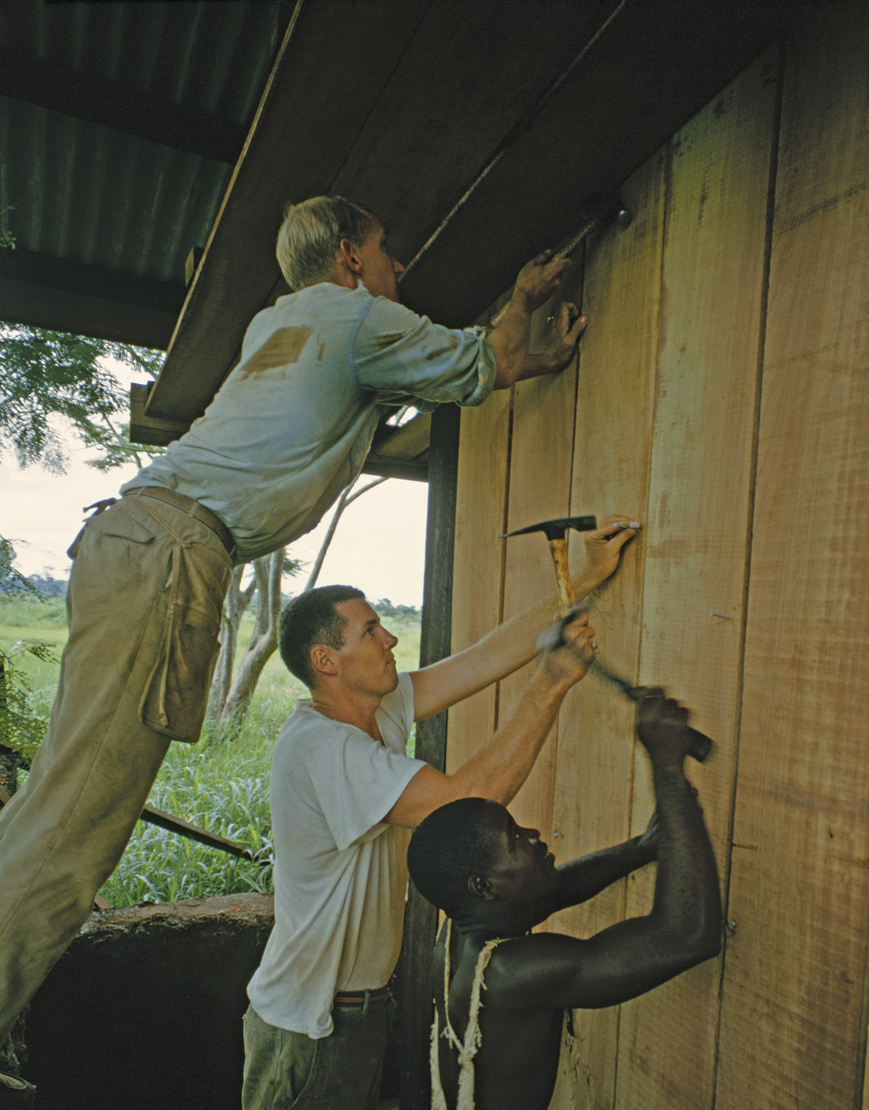New Approaches to the Third World.
Printed Page 798 Chapter Chronology
New Approaches to the Third World. Complementing Kennedy's hard-line policy toward the Soviet Union were fresh approaches to the nationalist movements that had multiplied since the end of World War II. In 1960 alone, seventeen African nations gained their independence. Kennedy publicly supported third world aspirations, believing that the United States could win the hearts and minds of people in developing nations by helping to fulfill hopes for autonomy and democracy.

Kennedy launched his most dramatic third world initiative in 1961 with an idea borrowed from Senator Hubert H. Humphrey: the Peace Corps. The program recruited young people to work in developing countries, attracting many who had been moved by Kennedy's appeal for idealism and sacrifice in his inaugural address. Peace Corps volunteers worked directly with local people, opening schools, providing basic health care, and assisting with agriculture and small economic enterprises. By the mid-1970s, more than 60,000 volunteers had served in Latin America, Africa, and Asia. Peace Corps projects were generally welcomed, but they did not address the receiving countries' larger economic and political structures.
Peace Corps
Program launched by President Kennedy in 1961 through which young American volunteers helped with education, health, and other projects in developing countries around the world. More than 60,000 volunteers had served by the mid-1970s.

Kennedy also used direct military means to bring political stability to the third world. He rapidly expanded the elite special forces corps established under Eisenhower to aid groups fighting against Communist-leaning movements. These counterinsurgency forces, including the army's Green Berets and the navy's SEALs, were trained to wage guerrilla warfare and equipped with the latest technology. They would get their first test in Vietnam.